Nationality German Education University of Kiel | Name Gerhard Domagk Alma mater University of Kiel | |
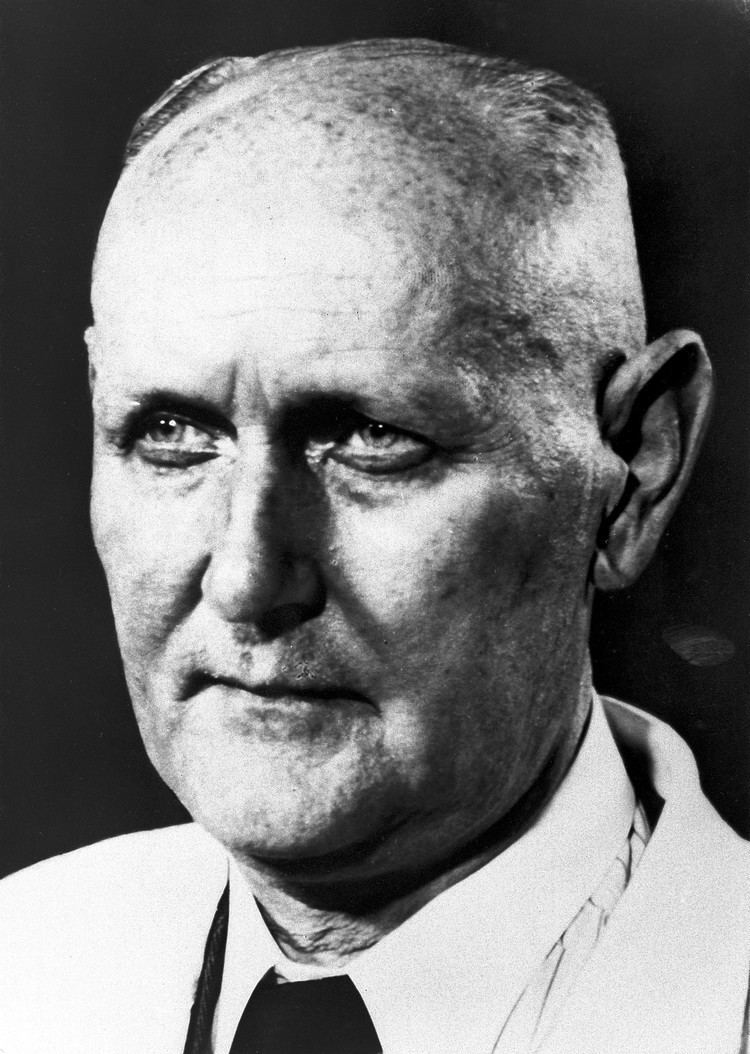 | ||
Died April 24, 1964, Konigsfeld im Schwarzwald, Germany Notable awards Nobel Prize in Physiology or Medicine (1939), Royal Society (1959) | ||
Gerhard domagk ein pionier der infektionsforschung fast forward science 2014
Gerhard Johannes Paul Domagk (30 October 1895 – 24 April 1964) was a German pathologist and bacteriologist. He is credited with the discovery of Sulfonamidochrysoidine (KI-730) – the first commercially available antibiotic (marketed under the brand name Prontosil) – for which he received the 1939 Nobel Prize in Physiology or Medicine.
Contents
- Gerhard domagk ein pionier der infektionsforschung fast forward science 2014
- Gerhard Domagk Wikipedia audio article
- Education
- Career
- References
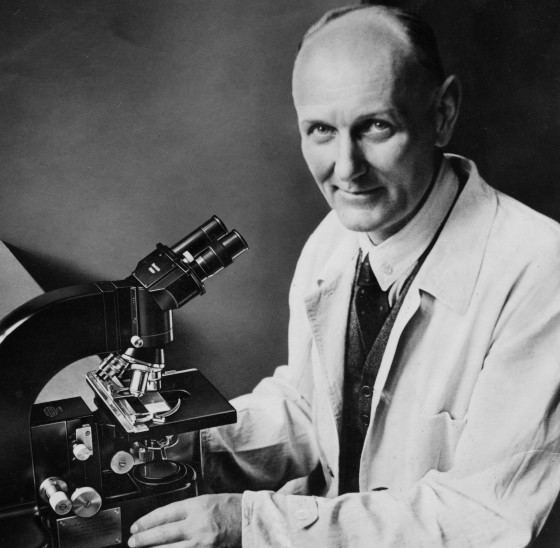
Gerhard Domagk | Wikipedia audio article
Education
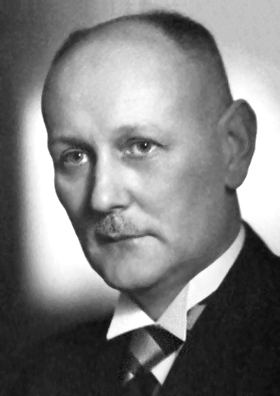
Domagk was born in Lagow, Brandenburg, the son of a school headmaster. Until he was 14, he attended school in Sommerfeld (now Lubsko, Poland). Domagk studied medicine at the University of Kiel, but volunteered to serve as a soldier in World War I, where he was wounded in December 1914, working the rest of the war as a medic. After the war, he finished his studies, and worked at the University of Greifswald, where he researched infections caused by bacteria.
Career
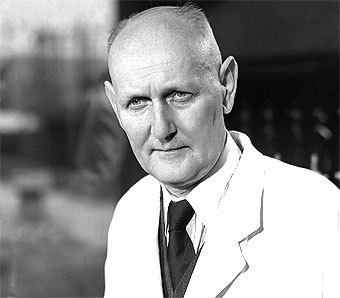
In 1925, he followed his professor Walter Gross to the University of Münster (WWU) and became professor there himself. He also started working at the Bayer laboratories at Wuppertal. The same year, he married Gertrud Strube (1897–1985). Later they would have three sons and a daughter.
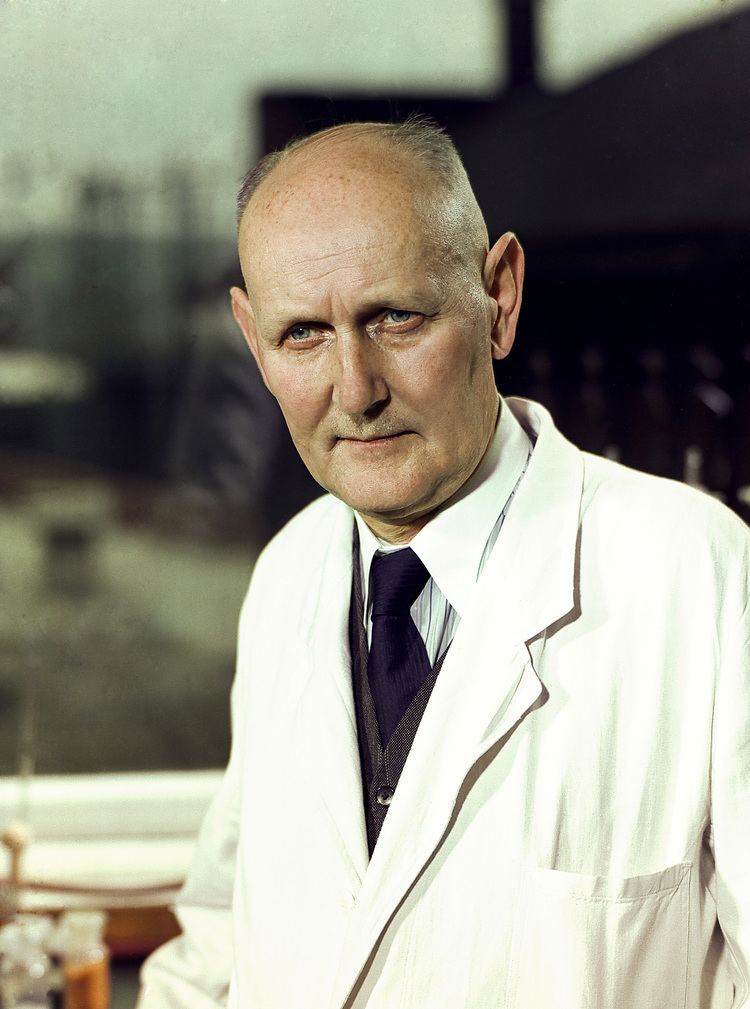
Domagk was appointed director of Bayer's Institute of Pathology and Bacteriology, where he continued the studies of Josef Klarer and Fritz Mietzsch, based on works by Paul Ehrlich, to use dyes, at that time a major product of IG Farben, as antibiotics. He found the sulfonamide Prontosil to be effective against streptococcus, and treated his own daughter with it, saving her the amputation of an arm.

In 1939, Domagk received the Nobel Prize in Medicine for this discovery, the first drug effective against bacterial infections. He was forced by the Nazi regime to refuse the prize and was arrested by the Gestapo for a week. (This was because the Nazi-critical Carl von Ossietzky had won the Nobel Peace Prize in 1935, which had angered the German government and resulted in German nationals not being permitted by law to accept the Nobel Prize.) In 1941 Domagk was awarded the Medaglia Paterno (Rome) by the Kingdom of Italy and also the Von-Klebelsberg-Medal and Prize by the Kingdom of Hungary. He became a member of the German Academy of Sciences Leopoldina in 1942. Sulfonamides had revolutionary antibacterial effectiveness for its time, surpassing phage therapy, but were later replaced by penicillin, which showed both better effects and fewer side effects (sulfonamides can cause kidney stones and changes in bone marrow). However, Domagk's work on sulfonamides eventually led to the development of the antituberculosis drugs thiosemicarbazone and isoniazid, which helped to curb the epidemic of tuberculosis which swept Europe after World War II.
After the war, in 1947, Domagk was finally able to receive his Nobel Prize, but not the monetary portion of the prize due to the time that had elapsed.
Domagk became a Foreign Member of the Royal Society in 1959; his short biography was published by the Royal Society in 1964. He changed his focus to tuberculosis and chemotherapy against cancer. He continued to live and work in Wuppertal. Domagk died from a heart attack in Burgberg near Königsfeld, Schwarzwald.
